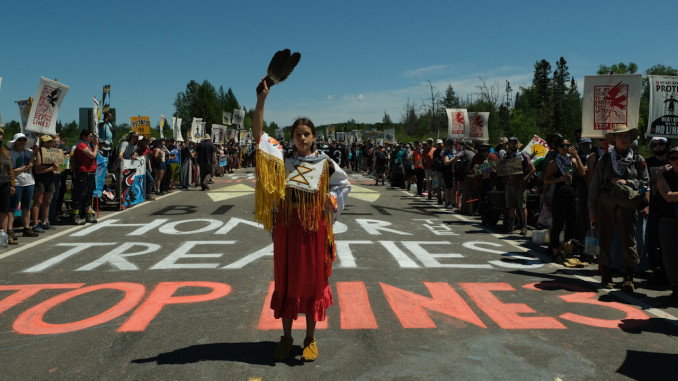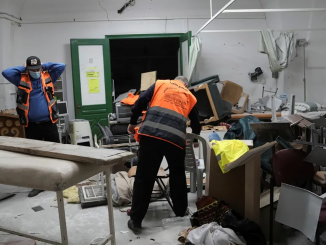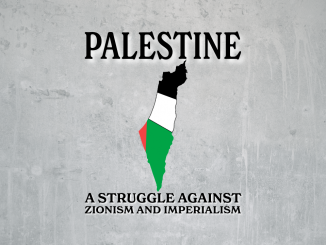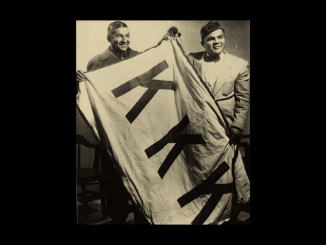
Monday, October 11th was formally known as Columbus Day, a day which celebrated the representative of the genocidal assault on Indigenous people by European invaders. Now it is supposed to be Indigenous Peoples’ Day — a day to honor the histories and traditions of Native Americans and their present struggles.
Despite a genocidal campaign by European colonists over centuries, Indigenous people have not been erased. Their resistance at times even defeated the U.S. Army. And their struggles have continued ever since. There are over five million Native Americans living in the U.S. today.
One holiday doesn’t change reality. One quarter of Native Americans live on reservations. The majority live in rural areas, small towns and cities like Oakland, and Minneapolis. Some who live on reservations face extreme levels of poverty, often cut off from basic resources such as running water, electricity, healthcare. About one in three Native Americans are currently living in poverty, with a median income of $23,000 a year. The racism and poverty they face has also led to an epidemic of suicides. Among young Native Americans between the ages of 10 to 24, their suicide rate is about 1.5 times higher than that of the overall population.
Native American women and girls face an epidemic of violence. They are being killed or trafficked at rates far higher than the rest of the U.S. population. On some reservations, women are ten times as likely to be murdered as the national average. Many women simply disappear, likely forced into sex trafficking. An estimated 84% of Native American women have experienced physical, sexual or psychological abuse in their lifetime. One in three Native American women has been raped or experienced an attempted rape — more than twice the national average. And 87% of sexual assaults reported by Native American women never even result in an arrest.
The health consequences of poverty and racism are severe, with Native Americans facing a life expectancy of 5.5 fewer years than the rest of the population. Many live in food deserts with little to no access to affordable and healthy food. This makes them more vulnerable to diseases such as diabetes and obesity. For example, around 91% of households in the Klamath River Basin in southern Oregon suffer from food insecurity.
Facing extreme poverty, higher rates of illness, and decades of underfunded health care, Native Americans have also faced some of the worst consequences of the pandemic. Native Americans have died from COVID-19 at roughly double the rate of whites. For a time, the Navajo Nation in the Southwest suffered the highest COVID-19 infection rate in the country.
But Native peoples have continued to resist the conditions imposed on them. At the height of the pandemic, communities such as the Cheyenne River Sioux Tribe in South Dakota defied the state government and set up their own checkpoints to limit traffic in and out of the reservation to minimize the spread of the virus. Initially, Native Americans had to fight to even get access to vaccines, but through their own organizing, they now have one of the highest vaccination rates in the country.
Indigenous communities are on the frontlines of resistance against environmental destruction, like the fight against the Line 3 oil pipeline that would cut through Ojibwe communities in the Midwest, or the fight against the proposed copper mine in Oak Flat, Arizona through the Apache communities. These projects wouldn’t just further destroy the environment, but they also deny access to the few sacred sites Indigenous People still have access to.
Indigenous Peoples’ day is a stark reminder of the genocide and violent theft of land that lies at the foundations of U.S. capitalism. This system continues to tear apart the earth, brutalize Indigenous people’s lives and destroy their lands for profit. The struggle of Native peoples is a struggle against a system that threatens all life on this planet. It is all of our fight too.




